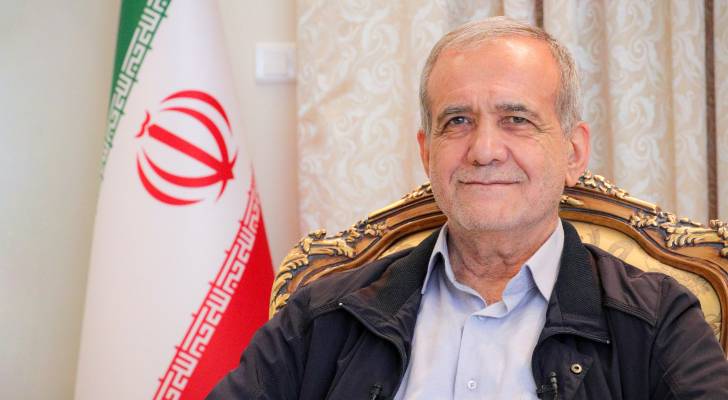Iran’s President Masoud Pezeshkian. (Photo: khamenei.ir)
How did ‘Israel’ target Iran’s president during the 12-day war?
During the June 2025 Iran-‘Israel’ war, a New York Times report revealed that ‘Israeli’ intelligence was able to track and target senior Iranian political and military leaders by exploiting a crucial security vulnerability: the mobile phones of their bodyguards and drivers.
Read more: Iran’s Defense Minister reveals arms factories operating abroad
On June 16, this surveillance tactic was used to pinpoint the location of a top-secret meeting of Iran’s Supreme National Security Council, which included President Masoud Pezeshkian.
The meeting was being held in a bunker located 30 meters beneath a mountain west of Tehran. Although top officials were instructed not to carry phones, their security guards reportedly violated this order.
A former deputy vice president for strategy in Iran's government, Sasan Karimi, was quoted by the Times saying, "We know senior officials and commanders did not carry phones, but their interlocutors, security guards and drivers had phones; they did not take precautions seriously and this is how most of them were traced".
An ‘Israeli’ defense official openly acknowledged this vulnerability, stating, "Using so many bodyguards is a weakness that we imposed on them, and we were able to take advantage of that".
The carelessness was further compounded by the guards' habits of posting updates about their activities on social media, providing ‘Israel’ with additional intelligence.
Using the intelligence from the guards' devices, ‘Israeli’ jets dropped six bombs on the bunker's entrances and exits in an attempt to block escape routes.
While several guards were killed, none of the top officials died in the strike. President Pezeshkian was injured in the leg but survived.
An Iranian official later shared Pezeshkian's dramatic account of the attack: "There was only one hole, and we saw there was air coming and we said, we won't suffocate. Life hinges on one second".
In the aftermath of the attack, Iranian authorities ordered security guards to stop using mobile phones and instead carry only walkie-talkies, implicitly acknowledging the digital security lapse.
The new head of the Islamic Revolutionary Guard Corps (IRGC), Brig. Gen. Ahmad Vahidi, publicly stated that "The enemy gets the majority of its intelligence through technology, satellites and electronic data.”




